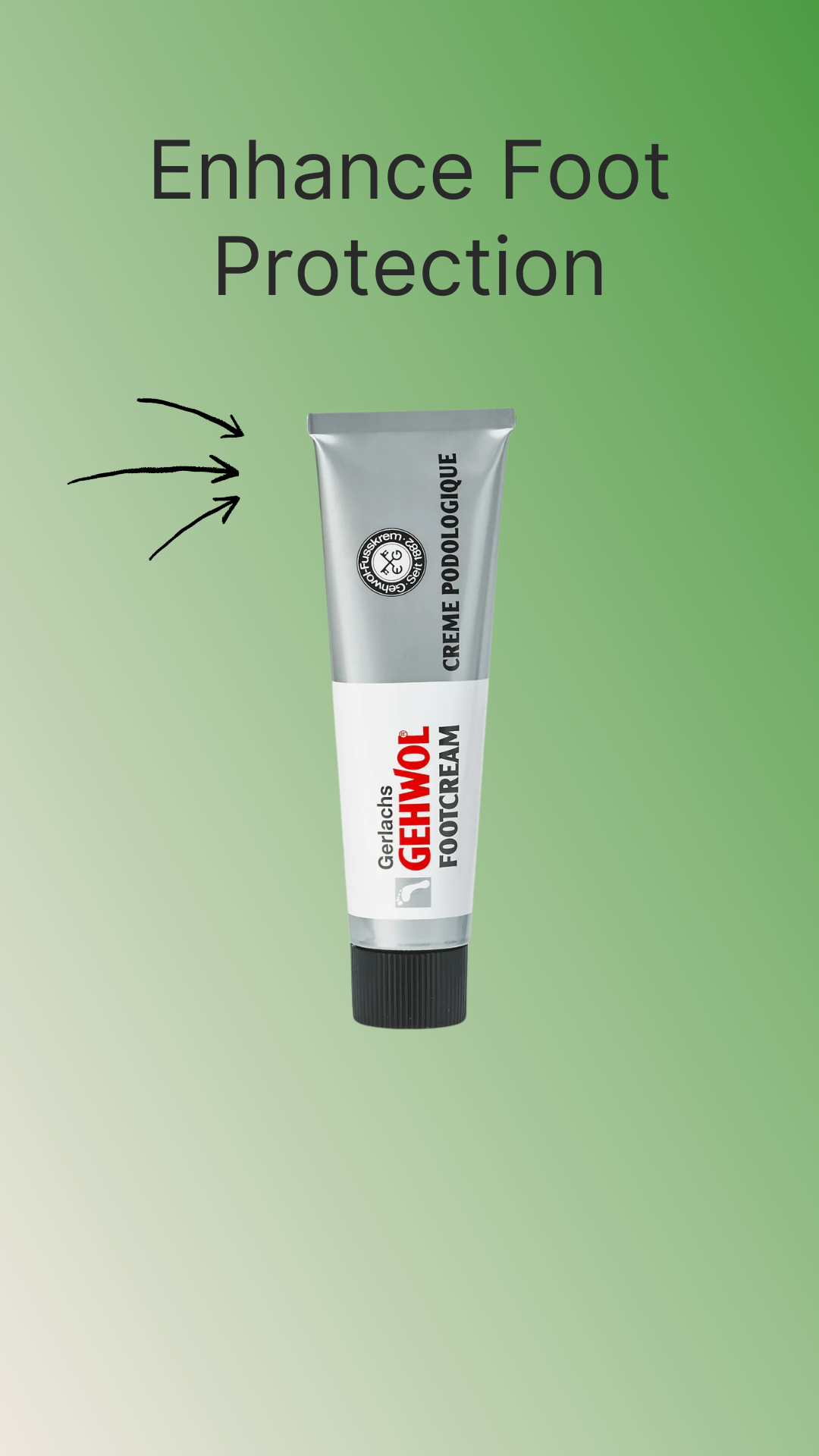Introduction
When shopping for orthopedic shoes, most people look at the fit, the width, or the presence of rocker soles. But another critical factor often overlooked is cushioning — the material that sits under your feet and absorbs the impact of every step.
For those living with diabetes, plantar fasciitis, arthritis, or swollen feet, the right cushioning can mean the difference between a comfortable day and one filled with pain. Three materials dominate the orthopedic footwear world: memory foam, EVA, and polyurethane (PU).
Each one has unique strengths and weaknesses. Let’s explore what makes them different, when to choose each, and why a layered approach — like TDO Therapy’s 3-layer protection system — often delivers the best of all worlds.
Key Takeaways
-
Memory foam offers plush, adaptive comfort but can run warm.
-
EVA is lightweight and shock-absorbing, great for everyday wear.
-
PU is the most durable and supportive option, ideal for long hours on your feet.
-
Many orthopedic shoes blend materials to balance comfort, protection, and longevity.
Memory Foam Cushioning
What It Is
Memory foam (viscoelastic foam) moulds to the exact shape of your foot, providing a customised feel.
Benefits
-
Reduces pressure on sensitive areas, ideal for diabetic feet and neuropathy.
-
Distributes weight evenly to avoid “hot spots.”
-
Provides instant comfort when putting on the shoe.
Drawbacks
-
Can trap heat, making it less ideal in summer.
-
Compresses more quickly than EVA or PU, meaning it may lose shape over time.
Best For
-
People with diabetic neuropathy who need pressure relief.
-
Those with bony prominences or sensitive soles.
-
Casual use or shorter periods of wear.

EVA Cushioning
What It Is
EVA (ethylene vinyl acetate) is a lightweight, flexible foam often used in sports and running shoes.
Benefits
-
Extremely light, reducing fatigue during long walks.
-
Provides excellent shock absorption, protecting joints from impact.
-
Soft and springy, making it comfortable for daily activity.
Drawbacks
-
Compresses over time, losing bounce faster than PU.
-
Less supportive for heavier wearers.
Best For
-
People with plantar fasciitis or heel pain who need shock absorption.
-
Active individuals or those walking long distances daily.
-
Lightweight shoes designed for comfort and mobility.
PU Cushioning
What It Is
Polyurethane (PU) is denser and more durable than EVA, commonly found in medical-grade orthopedic footwear.
Benefits
-
Long-lasting and resistant to compression.
-
Provides a stable platform, making it safer for seniors or those with balance issues.
-
Excellent choice for heavier wearers or occupational footwear.
Drawbacks
-
Heavier than memory foam or EVA.
-
Feels firmer underfoot, which some may find less “cushioned.”
Best For
-
People who spend long hours on their feet (nurses, teachers, retail staff).
-
Those needing extra stability (elderly, balance issues).
-
Patients with osteoarthritis who require joint protection.
How Cushioning Affects Orthopedic Footwear Performance
Cushioning isn’t just about softness. It plays a role in:
-
Shock absorption: reducing the stress that travels up through your ankles, knees, hips, and back.
-
Pressure distribution: preventing ulcers in diabetic feet or irritation in swollen feet.
-
Durability: keeping the shoe supportive for months or years, rather than weeks.
-
Comfort perception: influencing whether a shoe feels “plush” or “firm” when first tried on.
The TDO Therapy Approach
At TDO Therapy, we recognise that no single cushioning material is perfect for everyone. That’s why our shoes integrate a 3-layer protection system:
-
Outer natural calf leather for flexibility and breathability.
-
Embedded memory foam layer for adaptive comfort and shock absorption.
-
Seamless inner lining to protect sensitive skin and prevent blisters or ulcers.
This layered system offers the adaptability of memory foam, the resilience of EVA, and the stability of PU — all in one medical-grade shoe.
Everyday Tips for Choosing Cushioning
-
Think about your activity level: EVA is great for walking; PU for standing long hours.
-
Consider your foot condition: Memory foam is best for sensitive or diabetic feet.
-
Check durability needs: If you’re hard on shoes, PU will outlast EVA or memory foam.
-
Don’t ignore fit: Cushioning can only help if the shoe is wide and deep enough.
FAQs
Q: Which material is best for diabetic shoes?
Memory foam (with seamless linings) is ideal, but often combined with PU for stability.
Q: Does EVA last long enough for daily use?
Yes, but it may compress in 6–12 months. PU is better for durability.
Q: Are heavier shoes with PU uncomfortable?
Not necessarily — the added stability is often worth the extra grams.
Q: Can orthopedic shoes use more than one cushioning type?
Yes. Many combine materials — just like TDO Therapy’s multi-layer system.
Final Thoughts
Choosing between memory foam, EVA, and PU depends on your condition, lifestyle, and preferences. If you want plush comfort, go with memory foam. For lightweight walking, EVA is the winner. For durability and stability, PU is unmatched.
The best orthopedic shoes often combine these materials into a system — delivering comfort today and protection for the future. That’s why TDO Therapy continues to innovate, offering handcrafted shoes with rocker soles, wide toe boxes, and cushioning layers that adapt to your unique needs.



